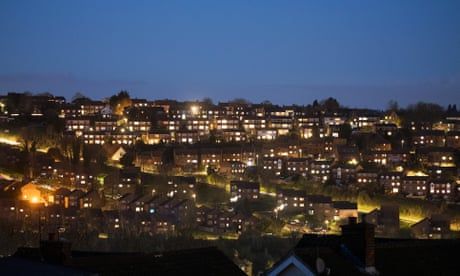
From bats to moths, species working the night shift are suffering as light pollution soars
When we think about invertebrates, most of us picture bees, butterflies, worms, crabs or perhaps even a jellyfish. But did you know that at least two-thirds of invertebrates are active at night, meaning many are unlikely to be seen? Invertebrates carry out many of the same functions as their daytime counterparts, in some cases doing so with greater efficiency and variety.
For centuries, artificial light has been a symbol of progress. From the flickering flames of early fires to the dazzling LED displays of modern cities, light has shaped human civilisation. But while we celebrate its convenience, we often overlook the darker side of our obsession with illumination: light pollution.
The Guardian is running the invertebrate of the year competition 2025 – and this time it’s global. Nominate your favourite invertebrate, and then, in a few weeks time, we’ll vote on which is the best.
Continue reading...